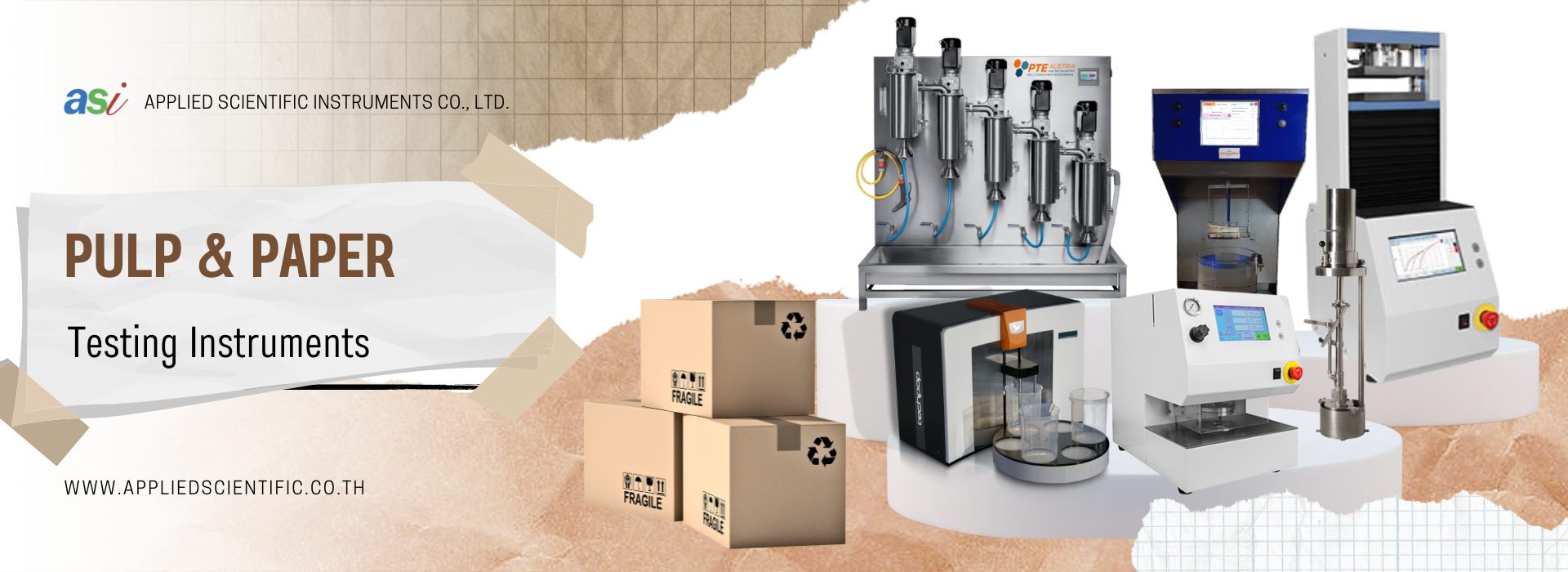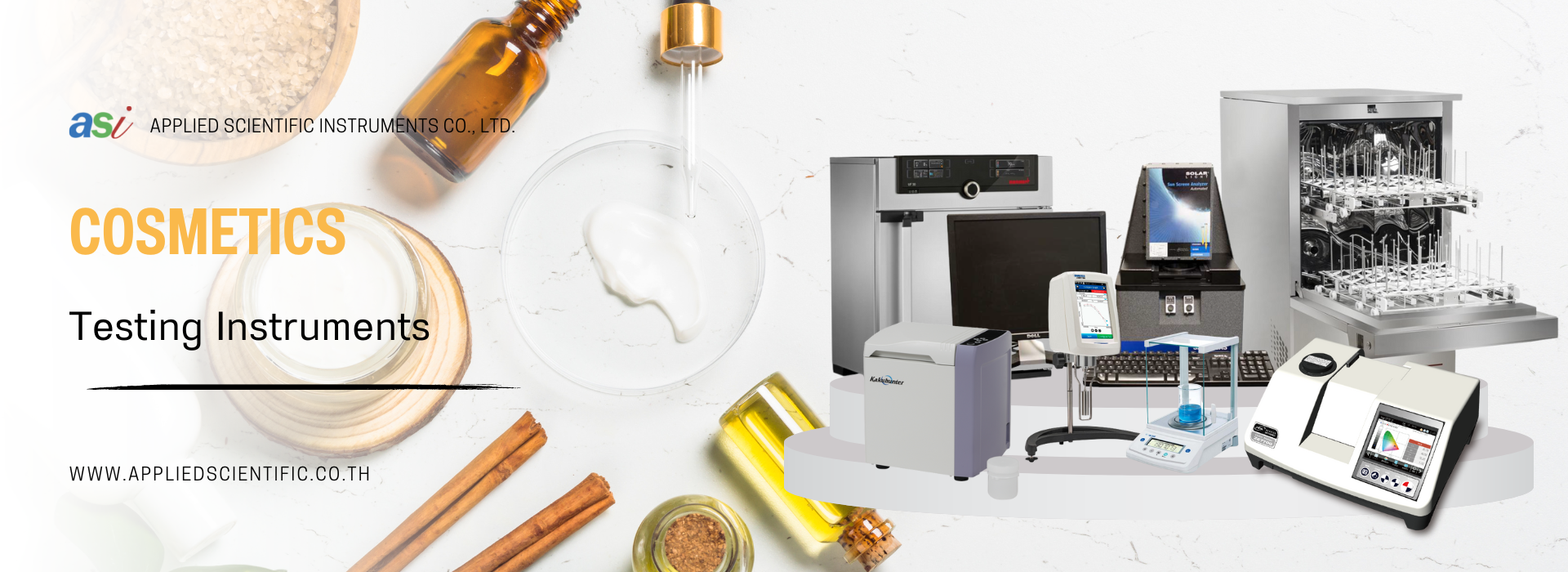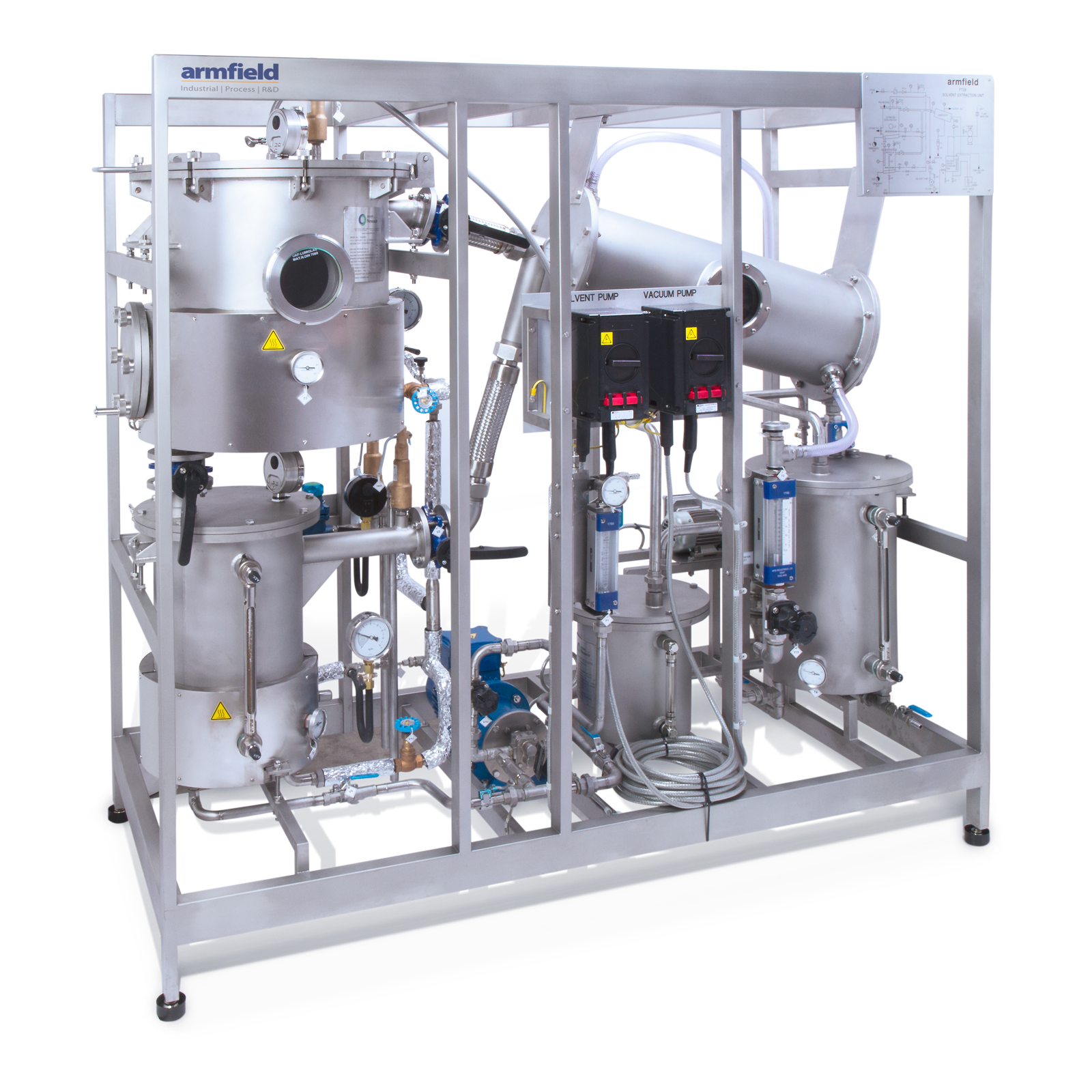
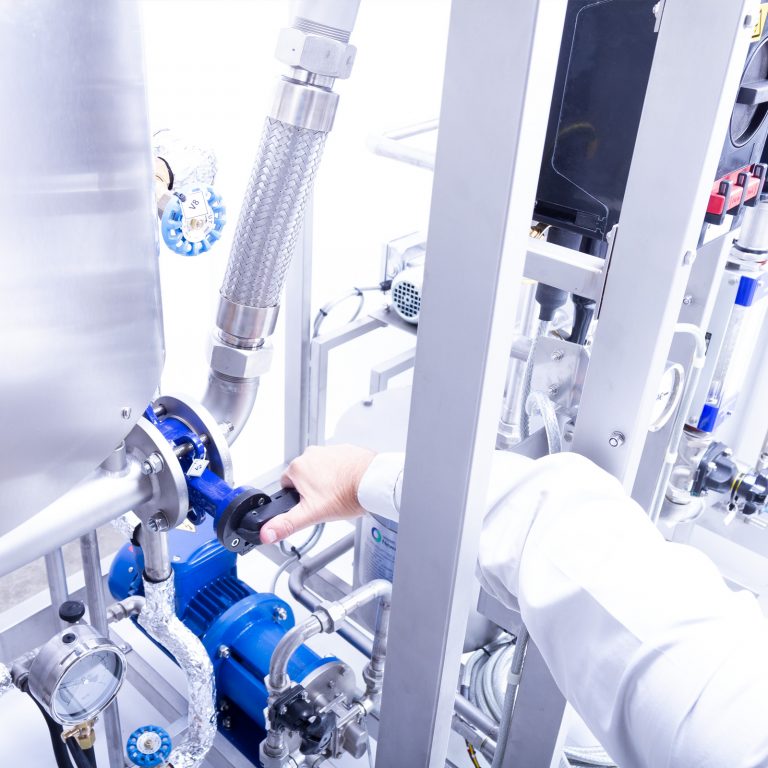


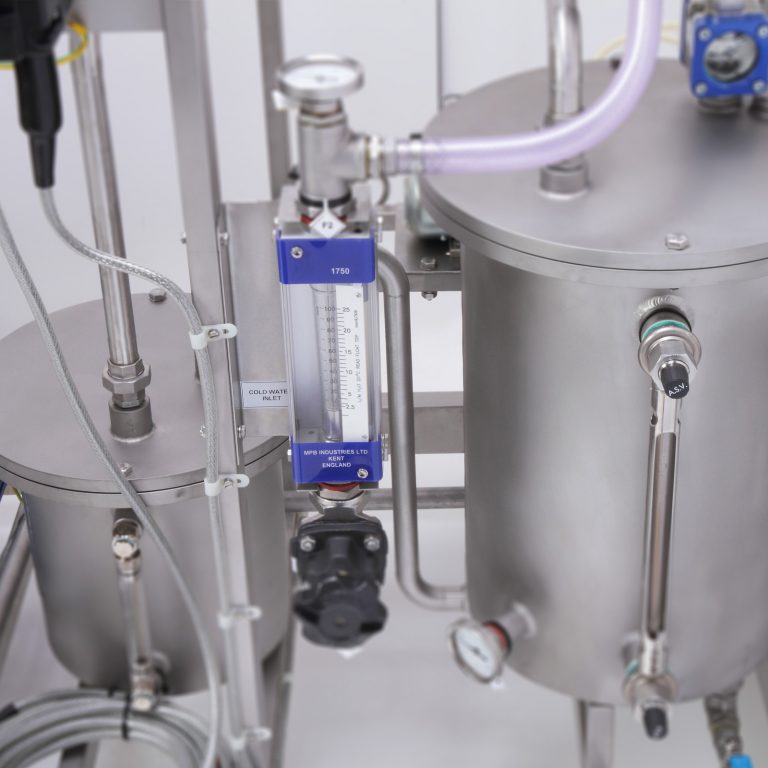
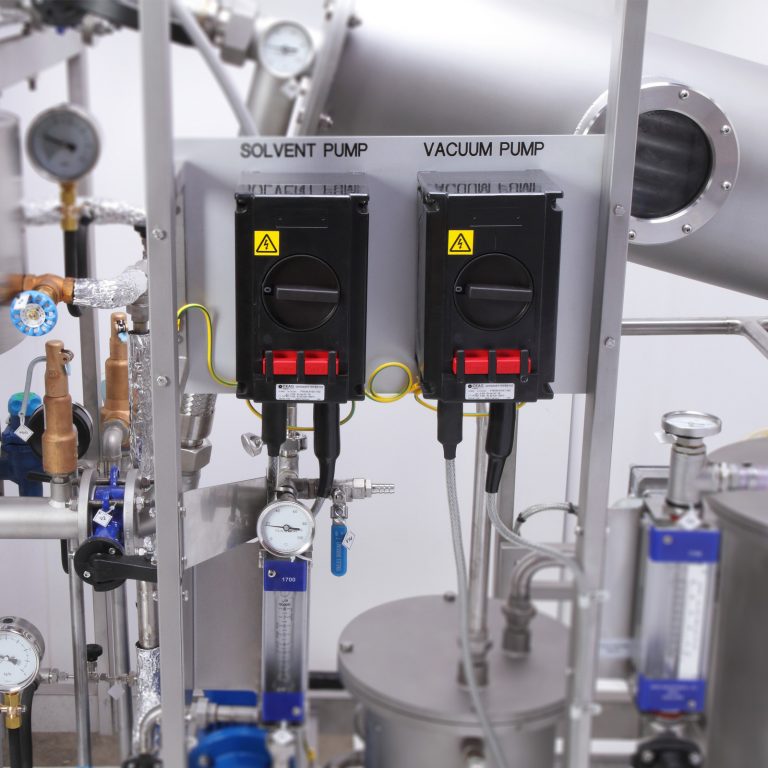
Batch Solvent Extraction and Desolventising Unit
28 มีนาคม 2566
ผู้ชม 472 ผู้ชม
SUMMARY
All vessels, pipes, valves and fittings in contact with process materials are constructed in stainless steel as is the support framework.
The cylindrical extractor/desolventiser with a hinged lid for charging the extraction material, has a base inclined slightly toward a port for discharging the extracted and desolventised meal. Material is supported above the base by a perforated plate covered with a fine-woven mesh so solvent may drain through to the miscella tank while retaining the solids. The vessel base is equipped with an indirect steam chest for process heating.
Direct steam is injected at a variable rate through a distribution pipe positioned above the mesh. A similar distribution pipe positioned near the top of the vessel enables solvent to be sprayed uniformly onto the bed of material. The miscella tank, positioned directly below the extractor to collect the draining liquid, is also a cylindrical vessel incorporating a steam chest as its base.
This vessel also incorporates a direct steam-distribution pipe through which steam can be metered at a variable rate.
Vapour from the vessels, produced in the desolventising process, is directed by ducting to the solvent condenser, which is an inclined shell and tube unit through which water is circulated. Condensate (usually a mixture of solvent and water) drains into the solvent water separator tank, which enables thorough separation of the solvent and water by a gravity process.
(Note: Only hexane or solvents having a similar specific gravity can be effectively separated in this tank).
Solvent reclaimed from this vessel can then be recirculated by the solvent pump at a regulated rate through a variable area flow meter.
Excess water overflows to a waste water tank from where it can be disposed of on completion of the process. Operation at reduced system pressures are achieved by a PTFE diaphragm type vacuum pump. The outlet of this pump is piped through a flame arrester to a suitable ventilation point. Each vessel is equipped with suitable level/sight glasses so that the processes can be observed and monitored. Pressure and temperature gauges are supplied where necessary as are adequate sampling and drain valves. Hexane is the most widely used solvent in the extraction process and due to the flammable nature of this product, electrical equipment has been kept to a minimum.
Where electrical equipment must be used, it is specified to the appropriate standards for safety. The main processing vessels have been designed in accordance with the appropriate code of practice for welded pressure vessels.
FEATURES & BENEFITS
- Self-contained system
- Floor standing
- Single extraction/desolventiser vessel
- Solvent/water recovery tank
- All flameproof construction
- ATEX approved
- Operation of small-scale version of industrial processes
- A wide variety of solid/liquid extractions may be processed
- Small quantities (25kg) can be processed
- Low waste disposal rate
TECHNICAL SPECIFICATIONS
EXTRACTOR VESSEL
Volume: 100 litres
Batch capacity: 25kg based on density of 560 kg/m³
Direct steam: 0-7 kg/h
Indirect steam: 0-3.5 bar
MISCELLA TANK
Volume: 30 litres
Minimum extract: 2 litres
Direct steam: 0-4 kg/h
Indirect steam: 0-3.5 bar
SOLVENT CONDENSER
Condensing capacity: 2.5kW
Condensing area: 2.5m²
Cooling medium: Water
Cooling water flow range: 0-22 l/m
SOLVENT WATER SEPARATOR TANK
Volume of separator section: 16 litres
Volume of solvent store: 16 litres
WASTE WATER TANK
Total volume: 15 litres
VACUUM PUMP
Type: Double PTFE diaphragm
Drive: Flameproof AC motor
Operating pressure: 100mbar (max)
SOLVENT PUMP
Type: Gear
Drive: Flameproof AC motor
Solvent flow range: 0-18 l/m with bypass flow control





